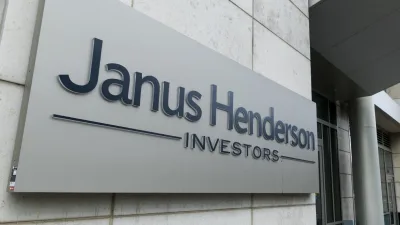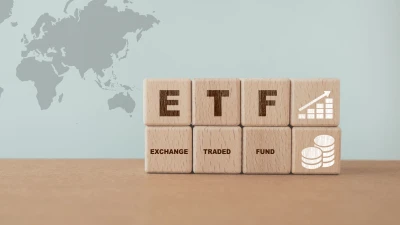Australian asset managers show strong performance



Australia's top 20 asset managers recorded growth in assets under management (AUM) of 5 per cent in 2014, outperforming the average for the world's 500 largest managers, research reveals.
The Pensions & Investments/Tower Watson World 500 report found that Australia's leading asset managers saw their AUM grow by more than US$1 trillion in 2014, with Macquarie Group retaining the number one Australian asset manager, holding assets valued at more than twice the level of the country's second largest manager, Commonwealth Bank Group.
Not only has Macquarie consolidated its position as the biggest Australian asset manager, the report revealed that over the last five years, it has climbed 66 places up the international rankings to number 50 — the largest jump of any of the top 500.
The research reported that assets managed by the world's top 500 fund managers climbed 2 per cent in 2014 to US$78.1 trillion, from US$76.4 trillion in 2013, with BlackRock holding the top spot as the world's largest asset manager, with more than US$4.6 trillion in AUM.
Towers Watson Australia research diversifying strategies manager, Dania Zinurova said part of the growth seen by local asset managers could be attributed to overseas investors.
"While the size of assets under management was broadly flat from 2004 to 2009, we saw growth from 2009 to 2014 in Australia which, to some extent, could be explained by interest from foreign investors in our market," she said.
Zinurova added there has been a shift towards alternative investments among Australian investors.
"We see growing interest in alternative investments with some investors increasing their strategic asset allocation targets to private equity, real estate and infrastructure in the search for income returns, potential inflation linkage and diversification benefits," she said.
"In addition, many large investors have now a stronger preference for co-investments, ‘club-deal arrangements' and separate mandates. This is driven by their desire to have more control over their investments and also to invest in a more cost-efficient way."
Recommended for you
Global asset manager Janus Henderson could be acquired after receiving a non-binding acquisition proposal jointly from a private investment firm and venture capital firm.
Investment manager Salter Brothers has partnered with private equity firm Kilara Capital to launch an Australian sustainable investment platform focusing on decarbonisation.
Fresh off launching three active ETFs to the Australian market, Avantis Investors is already planning to expand its range with two further products next year.
Ausbil is growing its active ETF range with an ESG product in collaboration with sister company Candriam.












